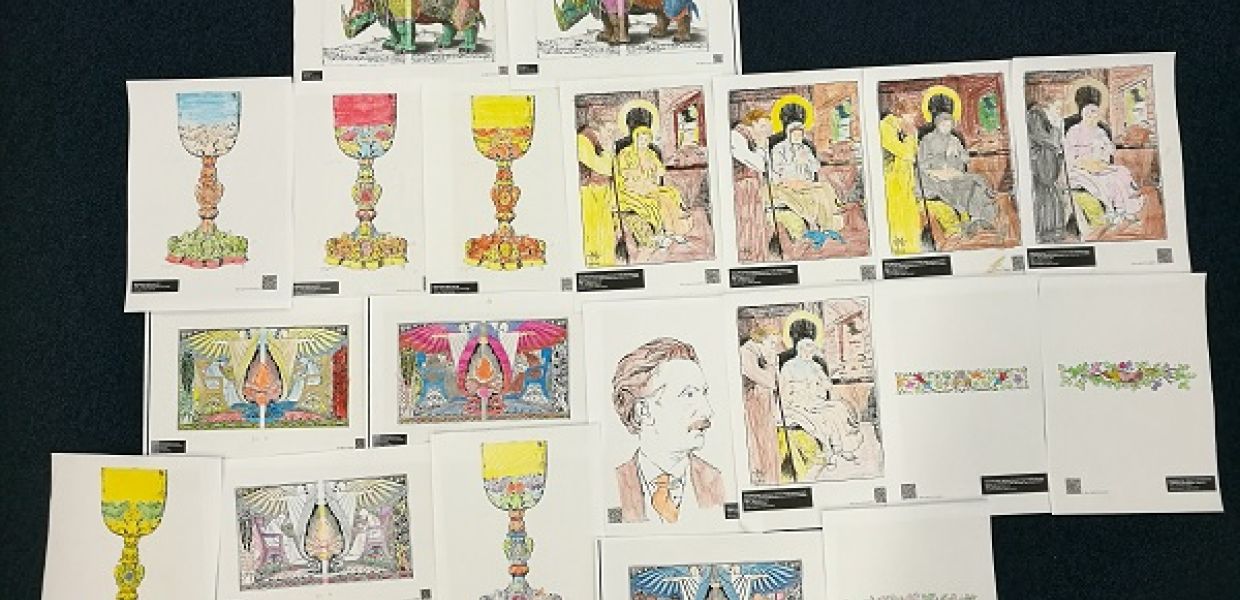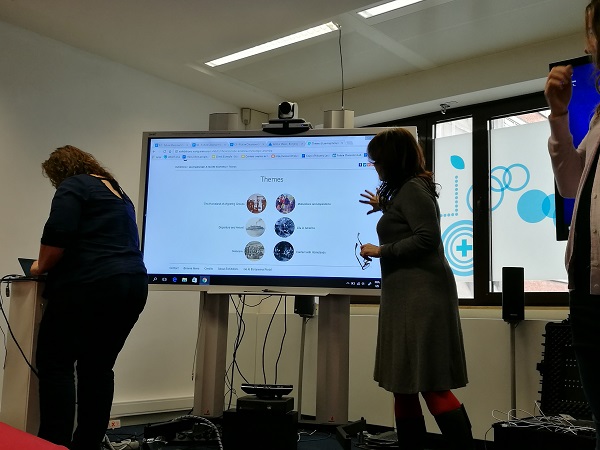#Europeana4Education: final teachers’ workshop

On 27-28 February 2017, European Schoolnet (EUN), the international network of European Ministries of Education, hosted the final Europeana validation pilot workshop for teachers in Brussels. 19 teachers from 10 EU countries came together to test pedagogical scenarios and develop learning activities using Europeana content.
Through these workshops, we aim to better understand the needs of educators when using Europeana content, while raising awareness of Europeana’s educational potential. The teachers were initially introduced to Europeana (most for the very first time) during our first workshop in November 2016. The real test, however, came next - how would schools respond to Europeana’s educational offer?
Learnings from the November workshop
Happily, when teachers shared their enthusiasm for Europeana with their students, colleagues, head teachers, peers in other schools and policy makers, the response was positive. The teachers started to use Europeana in their classrooms, and we were able to capture their feedback on what worked well, and where educators needed support. Among their remarks, curation emerged as a strong theme. But finding relevant content brought challenges as it was difficult to find enough high quality resources was licensed for educational use on certain specific subjects (hint: cultural heritage institutions, make it open!). Empty thumbnails were seen as discouraging for teachers and pupils. This feedback chimes with the Europeana Task Force report that identified seven ways to increase the re-use of digital heritage in education. The teachers most enjoyed developing learning activities relating to our existing exhibitions. Teachers (and pupils!) like using apps using Europeana content in creative educational ways.

An image made by fifth graders from the Czech Republic taught by teacher Martina Teichmannova, after the first teachers’ workshop.
The second workshop: back into practice
Having received this feedback, it was time to put the teachers’ newly found experience. After trying out new tools ( jigsaw puzzle makers, for instance) they began developing pedagogical scenarios (the context in which the lesson is taking place, including desired outcomes) in six small groups of peers teaching a similar age range. On the second day, they were asked to develop the scenario and to create learning activities that would bring Europeana content into the classroom through exercises such as quizzes or discussion questions.
Developing learning scenarios
The day ended with a presentation of the learning scenarios and activities that the teachers developed. They are aiming to finalise the following multidisciplinary and international collaborative learning activities before the end of May 2017, and use them in their classrooms:
-
Using the Europeana and DPLA “Leaving Europe” exhibition to explore the history and impact of migration on their country.
-
Using Europeana art to teach geometry: identifying and learning shapes in art and in the outdoors, and showcasing the artworks they create digitally.
-
Exploring the Europeana 1914-1918 collection and other WW1 sources with a focus on women. Their research aims to conclude on a special presentation, such as a fashion show or silent film.
-
Investigating and comparing the theme of ‘spring’ in four countries, incorporating subjects like geography, science, maths, music and art, and leading to the development of a film.
-
Using the colour search function and exploring meaning of the colour red in literature, music and art, and encouraging pupils to develop a creative augmented reality output.
-
Investigating the significance of sunlight in religion, ranging from the prehistoric Newgrange in Ireland to a temple in Hungary, including local field trips with geocached activities and the creation of artefacts incorporating physics and art.

Barbara explaining her group’s approach to exploring migration with their pupils. CC BY-SA, photo by Nicole McNeilly.
We will be in touch with the teachers over the next few months, and share their progress after May 2017. In the meantime, you can join the conversation using #Europeana4Education on Twitter. We will sign off here by thanking all the teachers as well as Gina, Bart, Anja and Jim at European Schoolnet for two inspiring workshops!

All the teachers and Bart from EUN. CC BY-SA, photo by Nicole McNeilly
See more examples of student creations between the first and second workshops!

The results of an afterschool colouring activity by teacher Marketa Vitkova, ZŠ a MŠ ve Frýdku-Místku, Lískovci.

By a pupil from 12º anno ACH2 taught by Maria Antonia Brandaõ, Agrupamento de Escolas, D. Afonso Henriques, Portugal.

